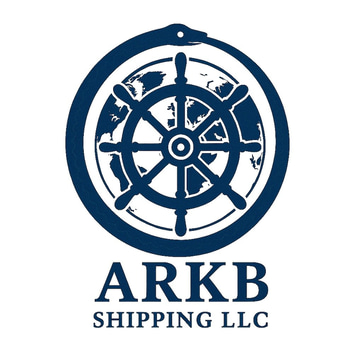Ship Breaking: The Impact of Artificial Intelligence
The impacts of AI on an evolving industry
3/4/20242 min read


In the world of maritime, shipbreaking stands out as a critical but hazardous endeavor. As vessels reach the end of their operational lives, they are dismantled and recycled, presenting challenges of safety, efficiency, and environmental responsibility. Artificial Intelligence (AI), with its ability to analyze, predict, and automate, is poised to revolutionize the shipbreaking industry, offering alternative options in a traditional industry.
Enhancing Safety:
Safety has long been a priority in shipbreaking yards. AI brings a suite of solutions to mitigate risks and ensure the well-being of workers:
Risk Prediction: AI algorithms can analyze historical data to forecast potential hazards, allowing for preemptive measures to be taken.
Robotic Assistance: AI-powered robots are adept at handling hazardous tasks, such as cutting steel and removing toxic materials, reducing human exposure to danger.
Real-time Monitoring: Through AI-driven monitoring systems, workers' health can be tracked in real-time, detecting fatigue, exposure levels, and accidents for immediate intervention.
Improving Efficiency:
The shipbreaking process can be time consuming, but AI streamlines operations for optimal efficiency:
Automated Sorting: AI's computer vision capabilities enable precise sorting of materials for recycling, such as steel and other valuable resources.
Optimized Operations: AI algorithms assess factors like ship condition, weather conditions, and workforce availability, leading to smarter scheduling and resource management.
Predictive Maintenance: By analyzing equipment sensor data, AI predicts maintenance needs, reducing downtime and enhancing productivity.
Environmental Solutions:
Environmental impact is a central concern in shipbreaking, and AI offers avenues for more sustainable practices:
Waste Management: AI assists in the efficient management and recycling of hazardous materials, ensuring compliance with stringent environmental regulations.
Emission Reduction: Through process optimization, AI helps lower energy consumption and emissions.
Material Recovery: AI-driven systems maximize the recovery of valuable materials from ships, adding to a circular economy and reducing waste.
Navigating Challenges:
Implementing AI in shipbreaking is not without its hurdles:
Initial Investment: Upgrading to AI systems requires substantial investment in technology and infrastructure.
Workforce Training: Training workers to operate AI systems necessitates reskilling programs to ensure smooth integration.
Data Quality: AI relies on quality data, which may require standardization and improvement in an industry with varied processes.
Despite challenges, the potential benefits of AI in shipbreaking are immense. With each ship dismantled using AI-driven precision, we move closer to a world where hazardous tasks are automated, valuable resources are efficiently recycled, and environmental impact is minimized.
